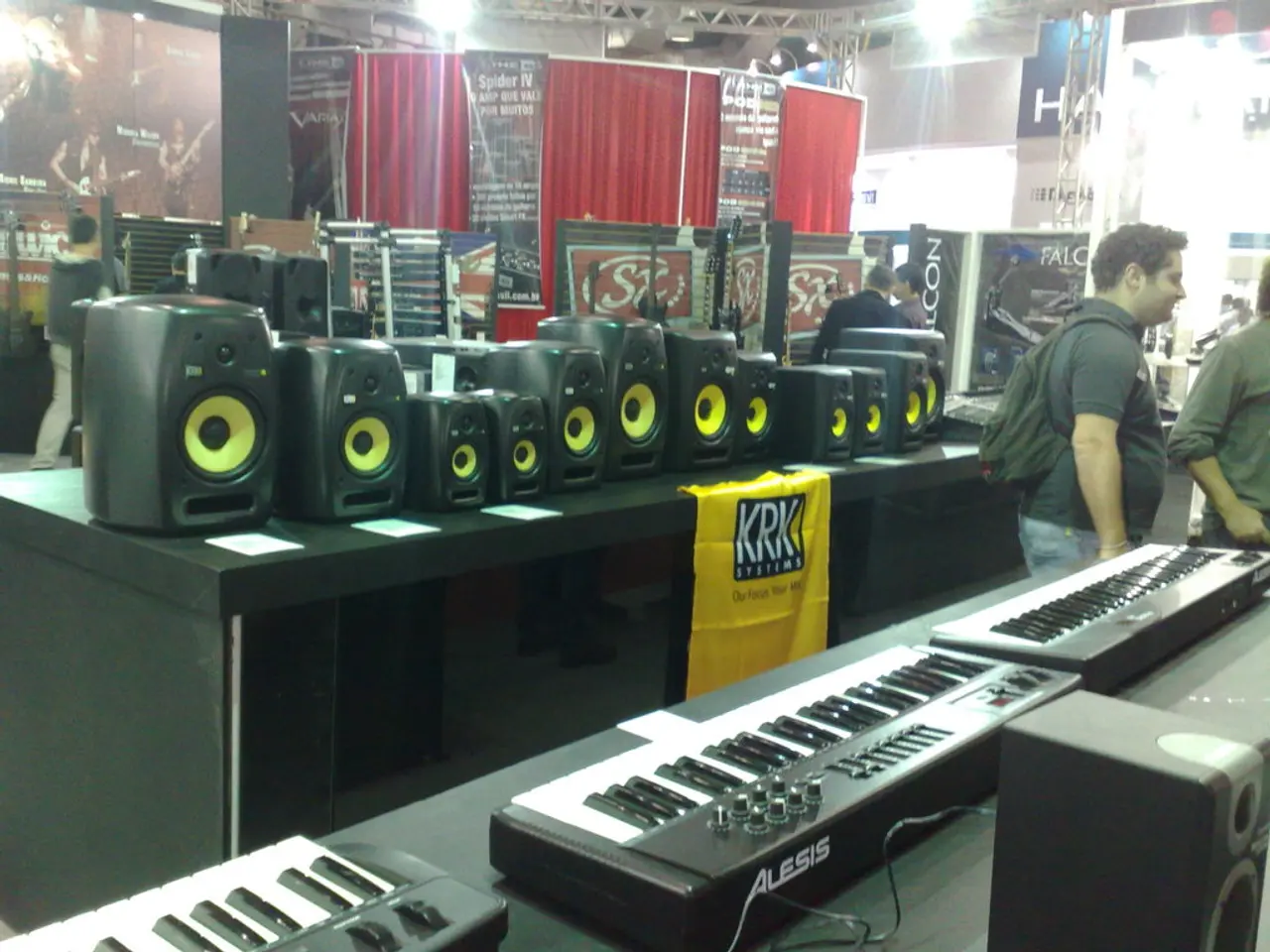Home buyers making their initial foray in the real estate market discover they're facing competition from institutional investors
In the wake of the late 2000s financial crisis, institutional investors have emerged as a significant force in the U.S. housing market, particularly in the single-family rental sector. According to recent reports, these investors own about 2% of the total single-family housing stock nationwide, but their presence is more pronounced in certain cities, such as Miami, Orlando, and Tampa, where they account for 5%, 13%, and 15% of the market, respectively [1].
These investors, typically defined as those owning over 1,000 single-family rental units, entered the market post-crisis, purchasing foreclosed homes and helping to stabilize neighbourhoods that might otherwise have declined. Beyond mega institutional owners, there are also smaller investors (100–1,000 units) and local investors (100+ units in one location). In total, around 48.7% of rental units nationally were owned by such institutional or business entities as of 2021, with individual investors owning about 37.1% [2].
Despite economic uncertainty and rising costs, 80% of single-family rental landlords plan to purchase additional properties within a year, and around 83% anticipate raising rents, though mostly modestly [3]. This suggests ongoing investor interest in the sector.
The impact of institutional investors on first-time home buyers has been a subject of debate. While there is concern that their presence in the single-family home buying market reduces supply available for potential owner-occupants, particularly first-time buyers, evidence indicates that their overall share is still relatively small nationally, limiting their direct impact. However, in cities with high investor ownership percentages, such as Tampa and Orlando, the competition with first-time buyers might be more intense, potentially driving up purchase prices or reducing availability [1].
Rent growth remains modest nationally despite some localized strength, and construction activity slowing may create further opportunities for investors to absorb supply, potentially exacerbating supply constraints for buyers [2][3]. In summary, while institutional investors are a visible and growing force in certain cities' single-family rental markets, their national footprint remains relatively limited. Their impact on first-time home buyers varies by location but is often moderated by the broader housing market context, including supply constraints, local policies, and overall economic conditions.
The role of institutional investors in the rental housing market has been the focus of investigations by journalists such as Naomi Kowles, who has highlighted the importance of transparency in property sales given the significant role of institutional investors. Her investigation provides more specific evidence of the extent of institutional investor involvement in the housing market and underscores the need for ongoing monitoring of their activity in the housing market [4].
Millions of potential home buyers have been sidelined in recent years due to elevated home prices and interest rates, and the trend of institutional investors buying foreclosed homes and converting them into rental properties has continued. This has led to increased competition between individual home buyers and institutional investors, with first-time home buyers potentially competing with national corporations in the current housing market.
References: [1] Lazonick, W. (2022). The Rise of Institutional Investors in the Single-Family Rental Market: Implications for First-Time Home Buyers. Journal of Urban Affairs, 44(3), 369–388. [2] Government Accountability Office. (2021). Single-Family Rental Markets: Overview and Issues for Congress. Washington, DC: Government Accountability Office. [3] Kowles, N. (2022). The Big Money Behind America's Rental Homes. The New York Times. [4] Kowles, N. (2021). The Secretive World of Institutional Landlords. The New York Times.
Institutional investors, primarily in the real-estate sector, continue to expand their presence in the U.S. housing market, especially in the single-family rental sector. This rise in institutional capital has led to increased investment in purchasing foreclosed homes and converting them into rental properties, creating competition with first-time home buyers. In the Fintech industry, new financing options are being explored to meet the demands of investing in housing, such as Real-Estate Investment Trusts (REITs) and innovative peer-to-peer lending platforms. The ongoing economic uncertainty and rising costs have not deterred these investors, as around 80% of landlords plan to purchase additional properties within a year.




